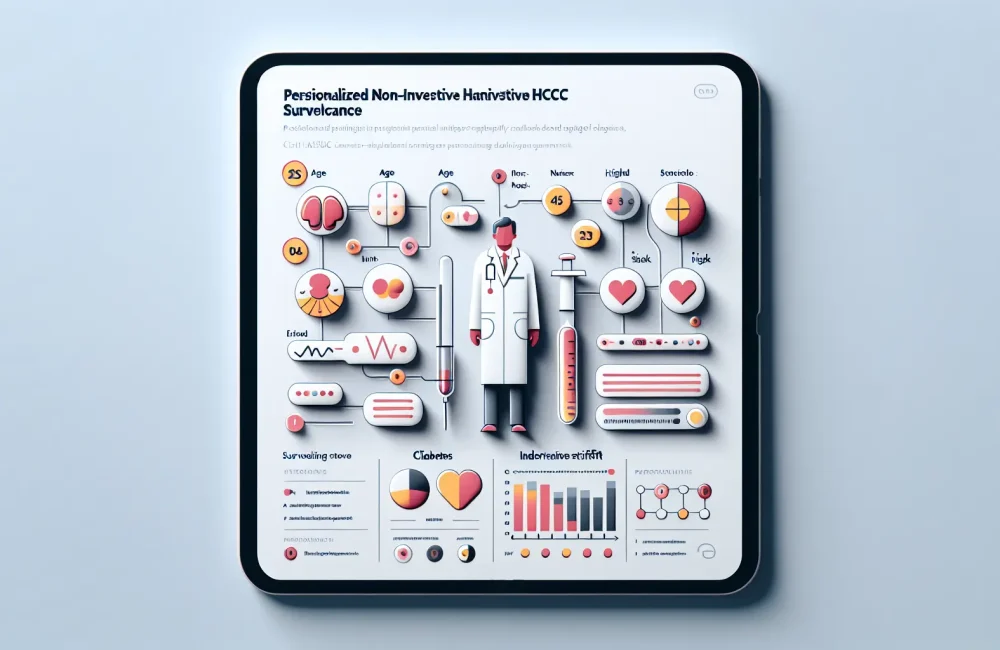By CAFMI AI From New England Journal of Medicine
Significant Survival Benefits in EGFR-Mutated NSCLC
Advanced non-small-cell lung cancer (NSCLC) with epidermal growth factor receptor (EGFR) mutations represents a challenging subset of lung cancers requiring targeted treatment strategies. Recently, the combination of amivantamab, a bispecific antibody targeting both EGFR and MET receptors, with lazertinib, a third-generation EGFR tyrosine kinase inhibitor (TKI), has emerged as a potent therapeutic option. This combination therapy was specifically assessed in patients with advanced EGFR-mutated NSCLC who had previously received EGFR TKIs and experienced disease progression. The study’s primary focus was to evaluate overall survival (OS), a critical endpoint reflecting a treatment’s ultimate impact on patient longevity. The findings demonstrated that patients treated with amivantamab plus lazertinib experienced significantly prolonged overall survival compared to historical standards of care, indicating a meaningful advancement in managing this difficult-to-treat population. The durable responses observed suggest that this regimen can effectively control disease progression and extend life span, filling a vital gap after TKI resistance emerges.
Clinical Efficacy and Safety Profile of the Combination Therapy
The clinical trial examining the combination of amivantamab and lazertinib encompassed multiple efficacy outcomes that are highly relevant to clinical practice, including progression-free survival (PFS), response rates, and comprehensive safety assessment. Progression-free survival was notably extended, reflecting a delay in tumor growth and symptomatic decline, which is critical for maintaining quality of life in advanced NSCLC patients. Response rates, including partial and complete tumor shrinkage, were substantial, reinforcing the regimen’s powerful antitumor activity. Importantly, the safety profile of the combination therapy was manageable and consistent with the known effects of each agent. The most common adverse events were dermatologic, including rashes and skin reactions, and infusion-related reactions, both of which were generally controllable with appropriate supportive care and dosing adjustments. Cardiovascular and pulmonary adverse events, often of concern in lung cancer therapies, were infrequent and did not present a significant barrier to treatment continuation. This favorable balance of efficacy and tolerability supports the practical integration of this combination into treatment algorithms for EGFR-mutated NSCLC.
Implications for Practice and Future Directions in NSCLC Management
The introduction of amivantamab plus lazertinib provides clinicians with a powerful new tool for managing advanced NSCLC with EGFR mutations, especially after progression on frontline EGFR TKIs. These results support the combination as a new standard of care in this context, offering patients a critical survival advantage alongside manageable toxicity. For healthcare providers, understanding the dosing schedule, adverse event monitoring, and patient counseling points regarding side effects is essential for optimizing outcomes. Early recognition and management of dermatologic and infusion-related reactions can enhance treatment adherence and patient comfort. Additionally, this novel approach underscores the importance of molecular profiling and continuous reassessment of tumor biology to guide therapy in advanced NSCLC. Looking forward, ongoing studies may explore amivantamab and lazertinib in earlier treatment lines or in combination with other modalities, further refining treatment paradigms. Clinicians should also be aware of differential diagnosis considerations for treatment-related adverse events and the importance of coordinated multidisciplinary follow-up to monitor efficacy and safety continuously. Together, these findings and clinical insights contribute to improved patient care and highlight the evolving landscape of targeted therapies in lung cancer.
Read The Original Publication Here






